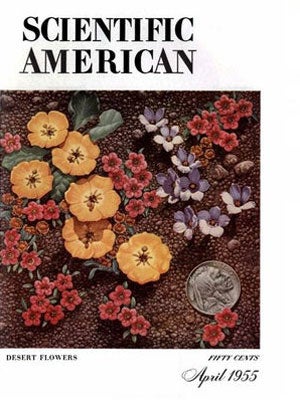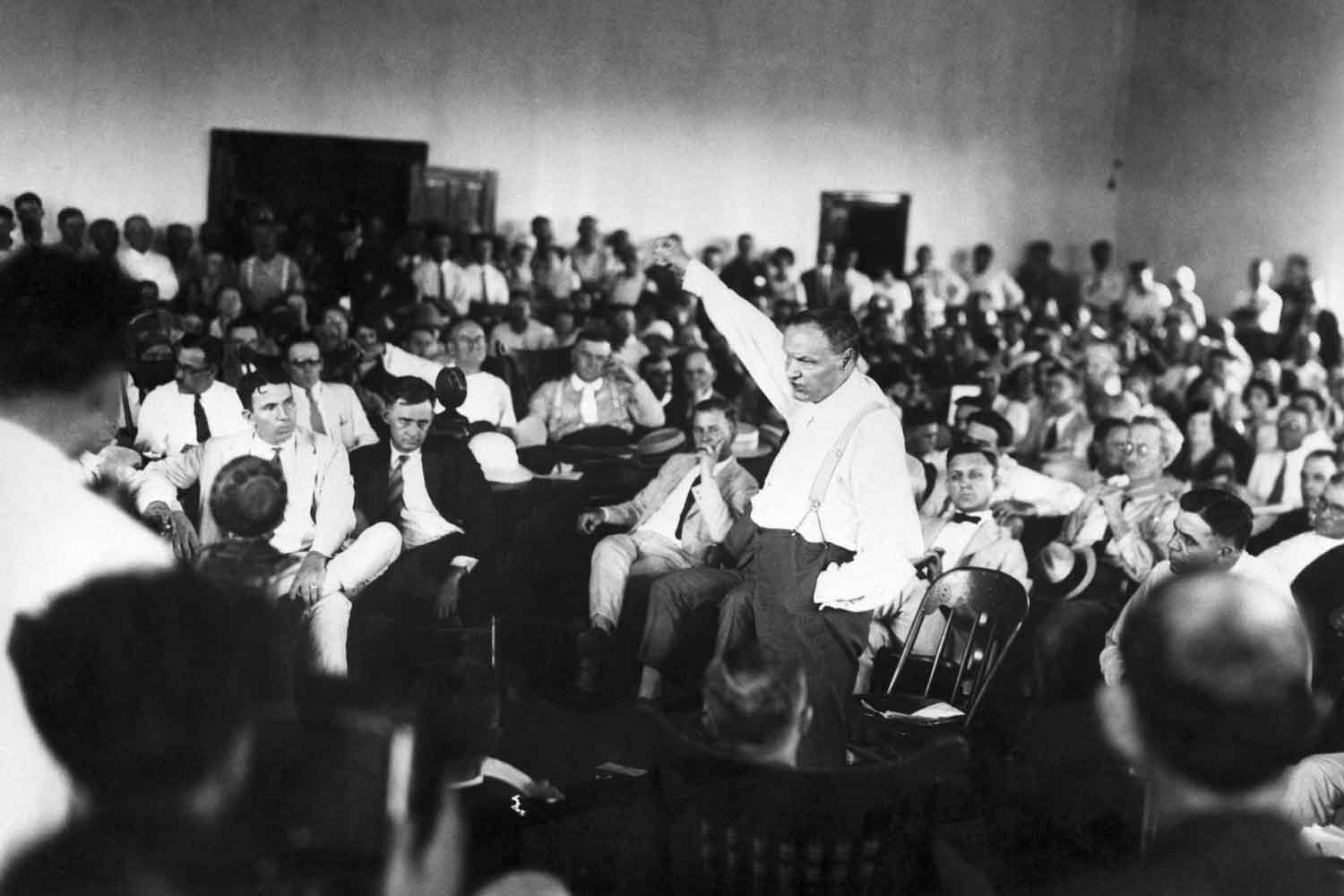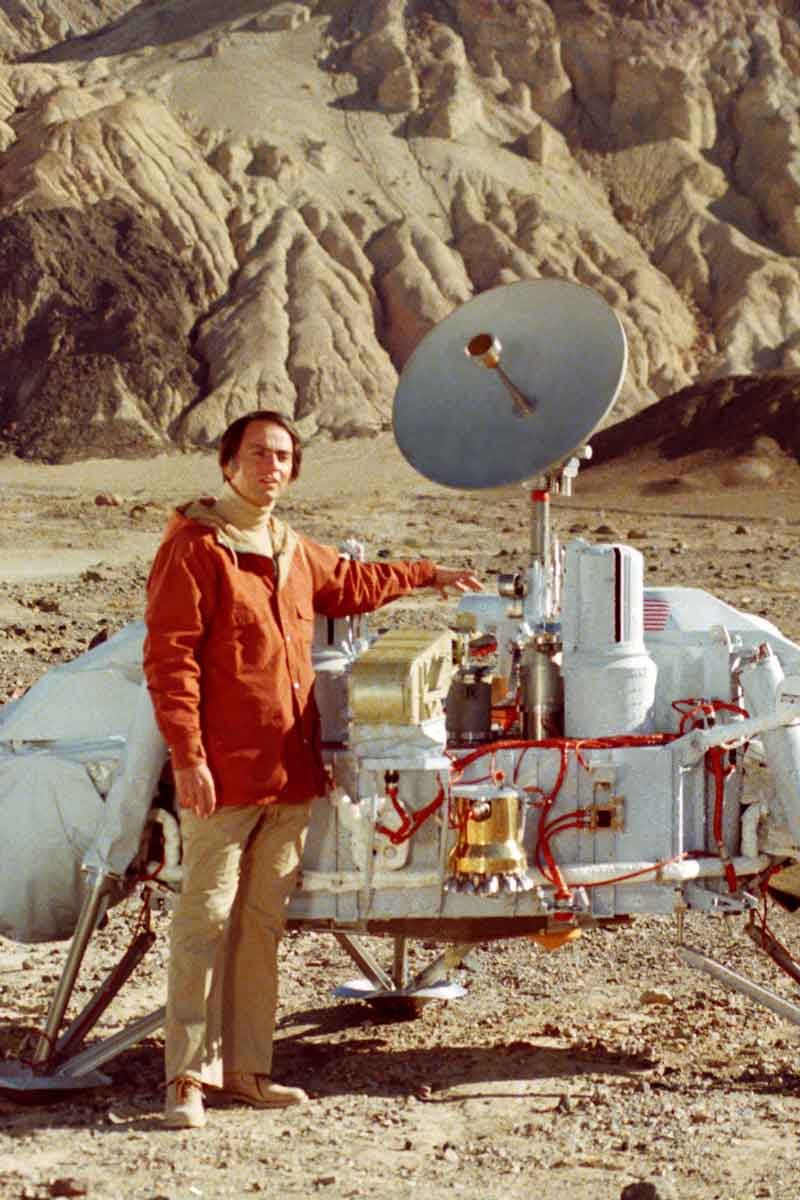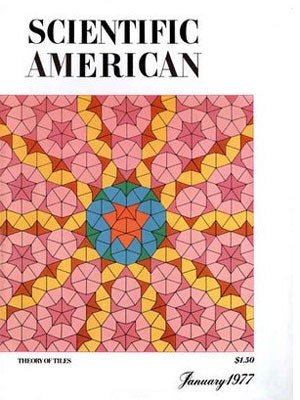Scientific American began in 1845, and for 175 years we’ve been covering the most fascinating and important stories in science, technology, medicine, and more. Here we share highlights from about a quarter of a million published pages. Scroll through these images to see history unfold.
August 28
1845
The First Issue of Scientific American
A story lauds Morse code and the telegraph, humanity’s first communication system powered by electricity. In 1887 Alexander Graham Bell would revisit the theme with an article on the telephone.
Credit: Petrified Films Getty Images



May 18
1878
Thomas Alva Edison
An article by the prolific inventor highlights his “phonograph”—the forerunner of every device for playing recorded music. Sound was captured on a tinfoil-covered cylinder.
Credit: Getty Images



November 25
1911
Marie Sklodowska Curie
The scientist’s pioneering work on radiation, which provided an early glimpse into the atomic nucleus, is lauded in a write-up on the “Twice Recipient of the Nobel Prize.” We also carried eight of her articles between 1902 and 1911.
Credit: Getty Images



April
1936
From Flight to Air Travel
Since the invention of human flight in 1783, flying machines have become essential. An article reviews trans-Pacific passenger flights, which began in 1935, and celebrates a new regular trans-Atlantic passenger air service.
Credit: Sueddeutsche Zeitung Alamy



January
1946
“Is DDT Poisonous?”
by D.H. Killiffer
The mosquito-killing chemical was an early entry in the catalog of human changes to the environment that were far more serious than anyone realized.
Credit: Getty Images

April
1950
Albert Einstein on Gravity
World-renowned for his theories of relativity, in his later years, Einstein tried to find a theory that could combine gravity and electromagnetism and wrote an article for us on his progress to date.
Credit: Getty Images

April
1950
“The Hydrogen
Bomb: II”
by Hans A. Bethe
The essay by this nuclear physicist contained so many details on the hydrogen bomb (which were all public anyway) that it was censored by the Atomic Energy Commission. It was one of the first of numerous articles on nuclear weapons and nuclear warfare.
Credit: Getty Images



April
1955
“Vaccines for Poliomyelitis”
by Jonas E. Salk
The inventor of the first vaccine that could prevent this devastating childhood disease describes its development. In 1881 Louis Pasteur had inaugurated Scientific American’s coverage of vaccines with an article on one for rabies.
Credit: Getty Images



January
1959
“A Witness at the Scopes Trial”
by Fay-Cooper Cole
A famous chapter in the fight over evolution, written by an anthropologist who was called as an expert witness at the “monkey trial” of schoolteacher John T. Scopes in 1925.
Credit: Getty Images

July
1959
“Carbon Dioxide and Climate”
by Gilbert N. Plass
An astonishingly prescient but little-known scientist discusses data suggesting that human industry and agriculture are changing Earth’s climate.
Credit: Getty Images

May
1963
“The Evolution of the Physicist’s Picture of Nature”
by P.A.M. Dirac
Paul Dirac, one of the founders of quantum mechanics, discusses the future of physics. The discoverer of “energy quanta,” Max Planck, also described his work for Scientific American in 1910.
Credit: Getty Images



May
1975
“The Search for Extraterrestrial Intelligence”
by Carl Sagan
and Frank Drake
Sagan, a scientist with a knack for making the difficult exciting, and astronomer Drake discuss how humanity is looking for other civilizations in the galaxy.
Credit: Cosmos: A Personal Voyage Druyan-Sagan Associates, Inc. and NASA



January
1977
“The Quantum Mechanics of Black Holes”
by S. W. Hawking
Physicist Stephen Hawking lays out his theory of what came to be known as Hawking radiation, a phenomenon that still bedevils theoretical physicists.
Credit: Getty Images



June
1979
“The Nerve-Growth Factor”
by Rita Levi-Montalcini
and Pietro Calissano
Nobel Prize–winning scientist Montalcini and her colleague Calissano describe the protein that guides cells to form the brain and nervous system.
Credit: Torsten Wittmann Science Source



February
1982
“The Fossil Footprints of Laetoli”
by Richard L. Hay
and Mary Leakey
The famous team of geologist Hay and paleoanthropologist Leakey describe footprints left in volcanic ash in Tanzania by three of our possible forebears 3.6 million years ago.
Credit: Michael Nicholson Getty Images



October
1988
Special Issue on AIDS
HIV, the human immunodeficiency virus that causes AIDS, spread widely during the 1980s. The disease has killed millions of people around the globe.
Credit: Getty Images



October
1994
“The Evolution of Life on the Earth”
by Stephen Jay Gould
The science of evolution has been evolving since its discovery by Charles Darwin (who wrote for Scientific American in 1877). In this article, Gould talks about sudden shifts in the process of speciation called punctuated equilibrium.
Credit: Getty Images



April
2010
“Boundaries for a Healthy Planet”
by Jonathan Foley
Scientists set thresholds for key environmental processes that, if crossed, could threaten Earth’s habitability. By 2010, three had already been exceeded.
Credit: Alexander Gerst Getty Images

December
2010
“Long Live the Web”
by Tim Berners-Lee
The inventor of the World Wide Web presciently calls for protecting it from commercial predation and political interference.
Credit: Riccard Dokolp Getty Images



November
2018
“A Rigged Economy”
by Joseph E. Stiglitz
The economist writes that a rise in inequality and the influence of money in American politics means the fading of opportunity for most of the nation’s citizens.
Credit: Spencer Platt Getty Images

September
2019
“A New World Disorder”
by Claire Wardle
This misinformation expert warns that the growth of automation and microtargeting has made it “easier for agents of disinformation to weaponize regular users of the social web to spread harmful messages.”
Credit: Getty Images
Read each showcased issue or delve into more milestones from the archives of Scientific American.
- Editors: Dan Schlenoff and Madhusree Mukerjee
- Photo Editor: Monica Bradley
- Multimedia and motion graphics: Macarena Carrizosa and Jeffery DelViscio
- Design and front-end development: Jason Mischka
- Opening video: NASA’s Goddard Space Flight Center and CI Lab (neutron star merger); Toshio Sasaki Getty Images (Black Lives Matter protest); Kim Westerskov Getty Images (stars)




